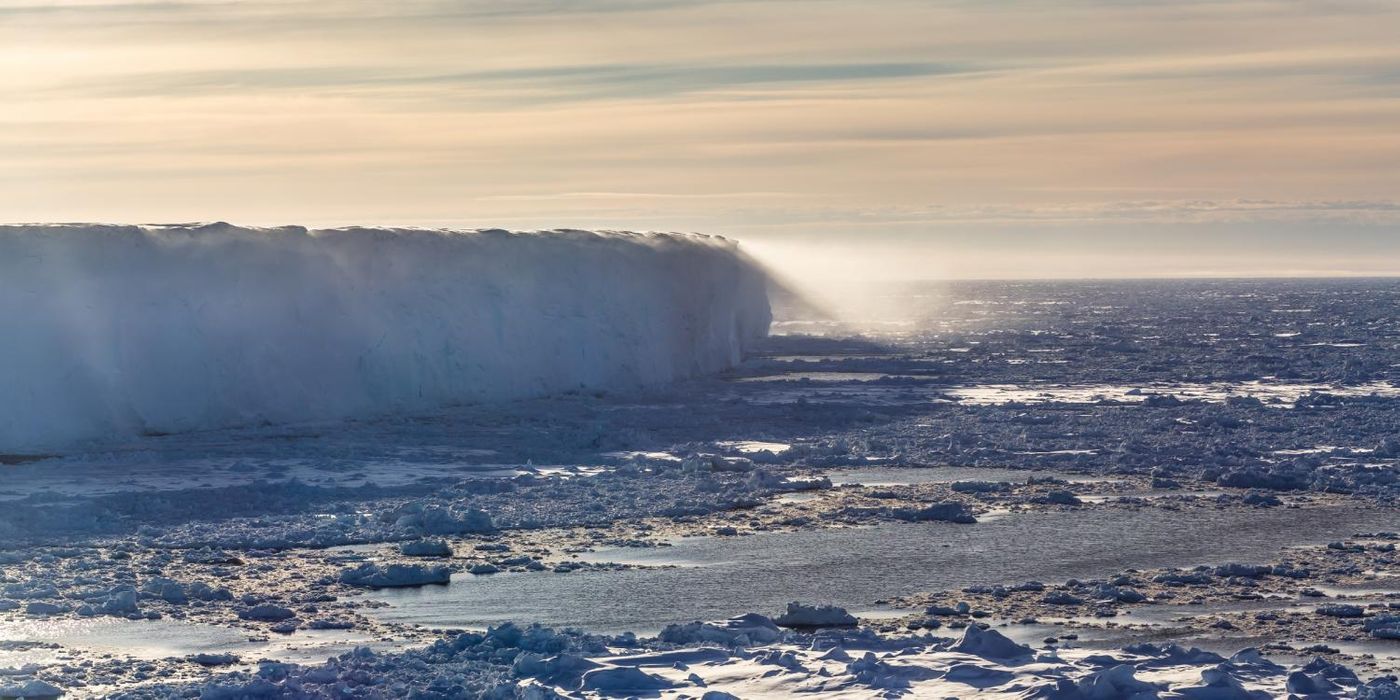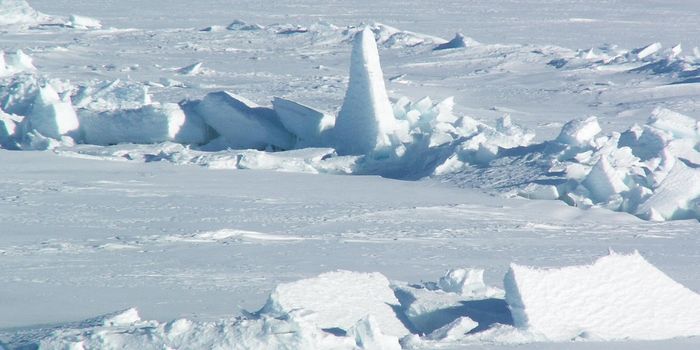How wind can reduce the amount of snowfall in Antarctica
Until recently, the katabatic winds that blow from the interior of Antarctica to its coastal regions were an enigma to scientists. Only new research published in Proceedings of the National Academy of Sciences has shed light on the important scientific impact of these blustery winds: they reduce the amount of precipitation in the region. Watch the following footage to get an idea of just how windy it can get.
"Until now, the extent of this important process, which is largely undetectable by satellite, was not fully appreciated," explains Alexis Berne, author of the study. Snowfall in Antarctica is crucial in the formation of the continent’s ice cap. The winds act to return that critical snowfall through a process called sublimation, which basically means that the winds make the falling snowflakes turn to water vapor before they even reach the ground. So how did the scientists figure this out?
Throughout 2015 and 2016, an international team of researchers used a whole bunch of complex tools to take measurements along the coast of East Antarctica in a place called Adélie Land. Some of the tools included a Doppler dual-polarization weather radar, a weighing precipitation gauge and a radar profiler. Though their names sound intimidating, these instruments provided the key data that the team needed, allowing the scientists to collect data on the type and intensity of precipitation, the accumulated snowfall, and the intensity of precipitation up to three kilometers in altitude.
From the data gathered with these instruments, the researchers found evidence of katabatic winds strong enough to cause sublimation. They then plugged this information into an atmospheric model to determine just how much sublimation is affecting snowfall accumulation. Turns out it’s a lot: across Antarctica cumulative precipitation near the ground was 17% lower than its maximum level higher in altitude. And it may be even worse in East Antarctica, where precipitation may be as much as 35% lower on the ground than in high altitudes. And climate change sure isn’t helping the situation.
The team says that their findings are extremely relevant to interpreting how climate change will influence levels of precipitation on the continent. “This process critically affects the interpretation of satellite-based remote sensing observations close to the ground and suggests that snowfall sublimation in a warming climate may counterbalance the expected increase of precipitation,” the study explains.
That’s why the scientists say their work has really just gotten started. "We'd like to keep collecting data on coastal areas and look more closely at areas where the terrain is more complex. We also plan to use different types of atmospheric models for comparison purposes. Broadly speaking, we hope our work will help increase our understanding of how climate change will affect precipitation in Antarctica," explains Alexis Berne.
Sources: PNAS, Science Daily









